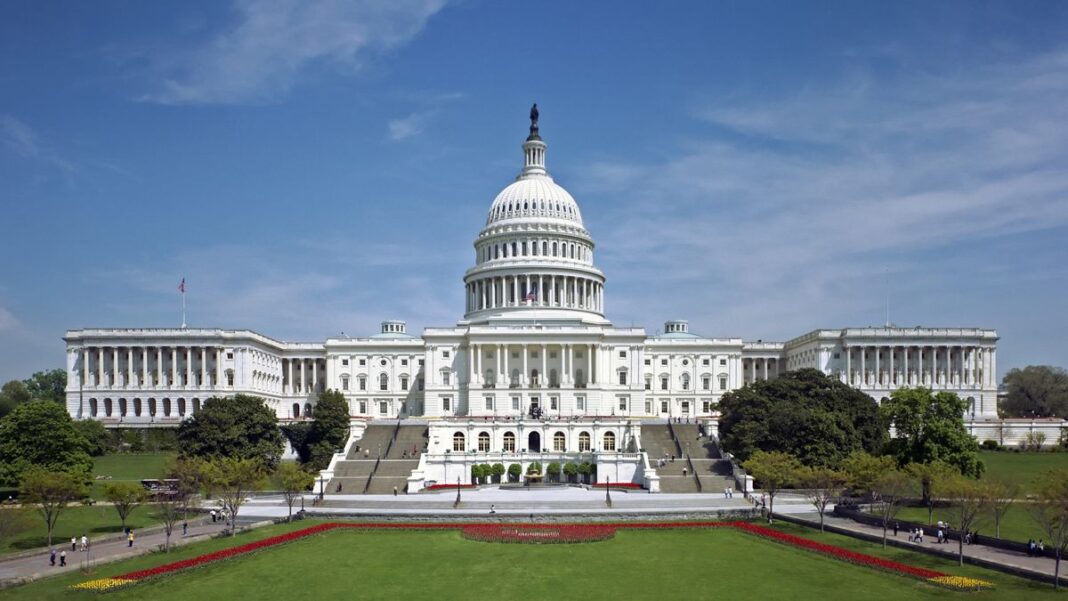The $5.3 billion Legislative Branch Appropriations Act—the smallest and usually least controversial of 12 annual budget bills—was adopted in a partisan vote.
The House advanced a $5.3 billion Legislative Branch appropriations measure in a partisan vote on Nov. 1 that cuts spending for congressional operations by more than $1.5 billion from this year’s budget.
With the adoption of HR 4364, the Legislative Branch Appropriations Act, the House has now approved six of the 12 appropriations packages that constitute the annual federal budget.
Democrats in committee hearings had argued that proposed cuts in the Legislative Branch budget, which funds the Capitol Police, the Library of Congress, the Congressional Budget Office, and administrative support for Congress, won’t pass muster in the Democrat-led Senate.
But there was no floor debate or commentary in the 214–197 floor vote that sent the smallest of the 12 annual budget bills to the Senate, further cementing the certainty of a budget showdown between the chambers in the final days—if not the waning hours—before the temporary measure that’s now funding federal agencies expires on Nov. 17.
The Legislative Branch budget was approved by the House Rules Committee in a partisan 9–4 tally on Oct. 2. The only agency under the House plan to receive a funding increase is the Capitol Police, with a $781 million fiscal year (FY) 2024 budget that’s $46 million more than this year’s plan.
During the Oct. 2 hearing, Rep. Adriano Espaillat (D-N.Y.) said the bill “keeps the lights on” for Congress but does little to make the Capitol secure or inclusive.
“This bill, just as with the other 12 appropriations bills, contains provisions that eliminate diversity, equity, and inclusion programs, and allow for discrimination towards the LGBTQI plus community,” Mr. Espaillat said. “Republicans are obsessed with cutting federal funds and eliminating programs that help to grow and diversify our country.”
When it became apparent that Congress wouldn’t adopt a new budget before the fiscal year began on Oct. 1, it passed a stopgap funding bill, known as a continuing resolution (CR), to keep the federal government funded at current spending levels for 45 days.
By John Haughey







